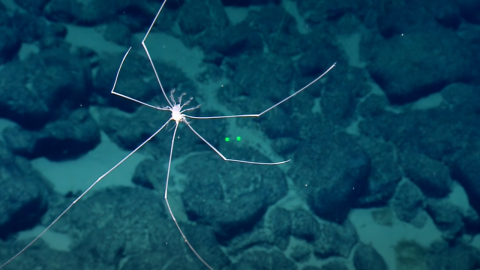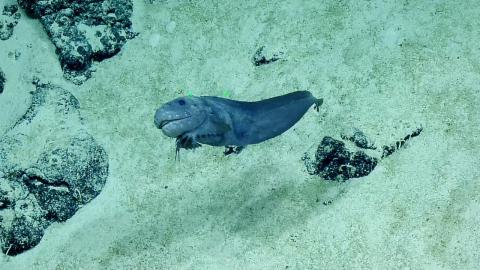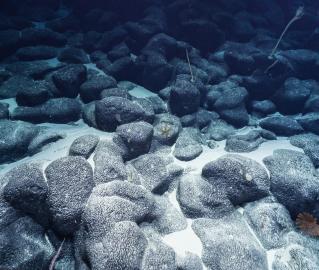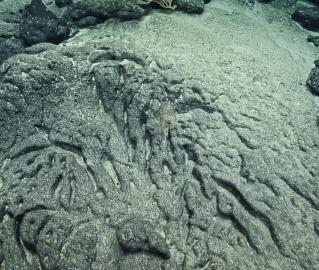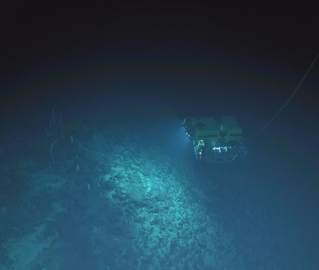Minesweeper Radiolarian Protist
Our first highlight from the NA149 expedition in and around the Pacific Remote Islands Marine National Monument is something extra small, but extra special. This radiolarian protist, Tuscaridium cygneum, forms colonies building an intricate mineral skeleton with needle-like pseudopods to aid in its buoyancy, keeping this compact creature (less than 2 cm wide) afloat in the deep sea. Spotted while exploring an unnamed guyot approximately 200 nautical miles north of Kingman Reef, this little critter stumped our control van team until experts ashore help verify its identity as a Tuscaridium protist- not a Minesweeper game icon!
Bonus fun fact: Did you know many deep-sea single-celled organisms are bioluminescent? Although not detected through the ROV Hercules camera view, this species glows when disturbed!
The US waters surrounding Kingman Reef and Palmyra Atoll are home to some of the most pristine marine ecosystems on Earth. While recent expeditions have increased our baseline knowledge of the deep-water resources of this region, large areas remain completely unexplored, particularly north of the Kingman Palmyra Unit of PRIMNM. Further explorations of these areas are urgently needed to address the management and science needs of the region as a monument management plan is under development, including a better understanding of deep-water natural and cultural resources, biogeographic patterns of species distributions, and the geological context of the region.
Learn more about this expedition funded by NOAA Ocean Exploration via the Ocean Exploration Cooperative Institute
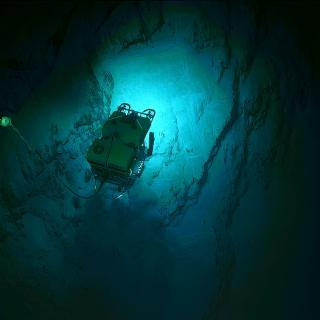
Exploring Deep Sea Habitats Near Kingman Reef & Palmyra Atoll
Our first live expedition of 2023 brings us back to the region of Kingman Reef and Palmyra Atoll as part of our ongoing effort to explore the deep ocean in and around the Pacific Remote Islands Marine National Monument (PRIMNM) through the Ocean Exploration Cooperative Institute.
